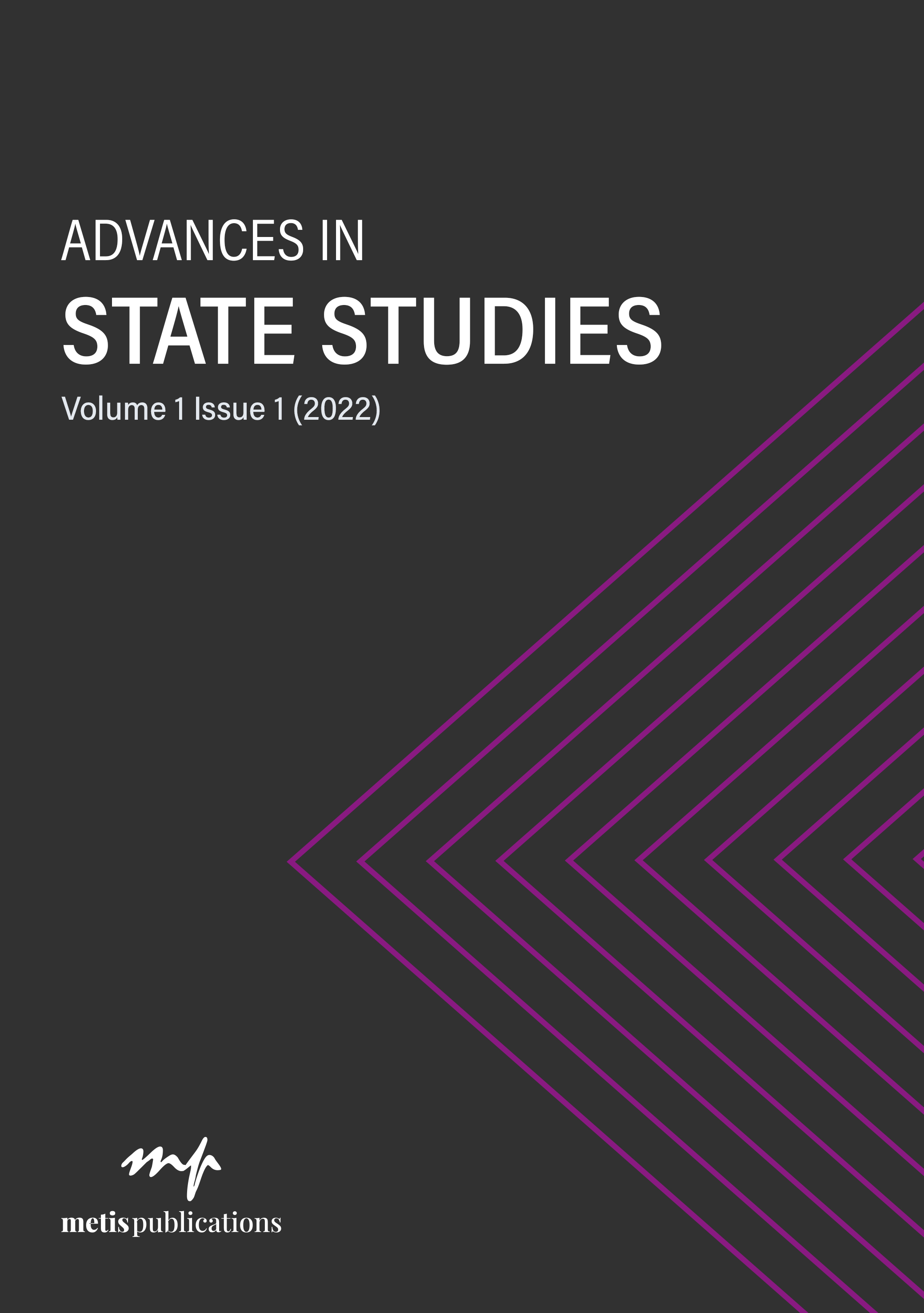Evaluating Economic Rights of Women in Azad Jammu & Kashmir: Challenges and Opportunities
Main Article Content
Abstract
The idea of socio-economic empowerment of women is not a new concept. Advocates of women’s right have decades long struggle behind this but still women are categorized as a “vulnerable class of individuals” across the globe. Developing countries that are already battling with falling living standards, scant resources and fragile social protection systems are also facing grave challenges regarding women’s rights. In this context, the situation of Azad Jammu and Kashmir (AJ&K) Pakistan is no different where women are facing various kinds of vulnerabilities, discriminations, and violence. The Constitution of AJ&K vows for protecting fundamental rights of its citizens without any discrimination. In addition to this, the government of AK&K has adopted various special laws and provisions to protect women’s right and has initiated several programs for their empowerment. Despite of this, the socio-economic conditions of women in this region are anything but satisfactory. This study assesses how weak implementation of laws, orthodox cultural practices, misconceptions regarding religious principles, lack of awareness and knowledge among people and poor planning and execution strategies can be considered as prime reasons behind this. This article also analysed dilemmas of women and highlighted different challenges faced by them in exercise of their economic rights.
Article Details
Copyright (c) 2022 Advances in State Studies

This work is licensed under a Creative Commons Attribution-NonCommercial 4.0 International License.
Content in this article is owned by Advances in State Studies (AS2), an official open access research journal of Metis Publications and licensed under Creative Commons – CC BY NC 4.0 which permits copy and redistribution of this material in any medium, and allows remixing, transforming and building upon this material for non-commercial purposes. Users must also give credit to the original author(s) and source(s) through proper scientific referencing.
